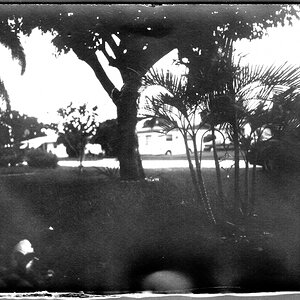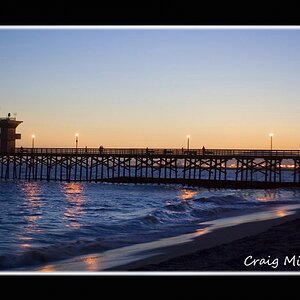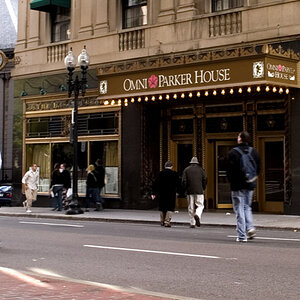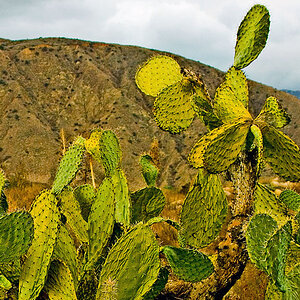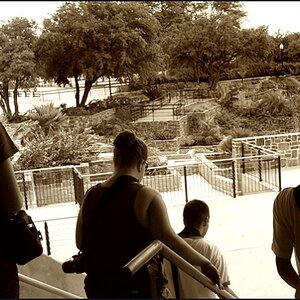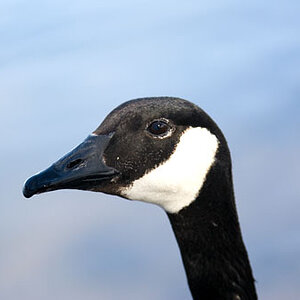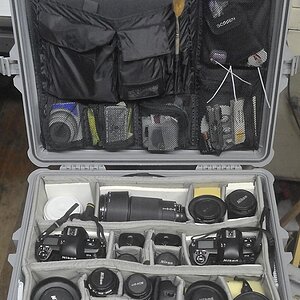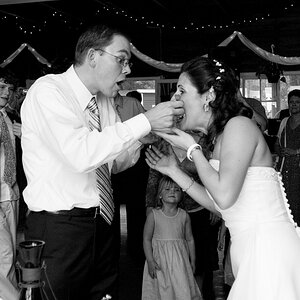JonathanGallagher
TPF Noob!
- Joined
- Apr 17, 2013
- Messages
- 23
- Reaction score
- 1
- Location
- Manchester, UK
- Website
- www.flickr.com
- Can others edit my Photos
- Photos OK to edit
Dont think im doing it right
Using a D90, Ive got M mode using ISO100 with F11 and 8secs
And the photos are just coming out with a white screen!
Also got a ND4 filter on
Hope someone can set me right :hail:
Jonathan
Using a D90, Ive got M mode using ISO100 with F11 and 8secs
And the photos are just coming out with a white screen!
Also got a ND4 filter on
Hope someone can set me right :hail:
Jonathan





